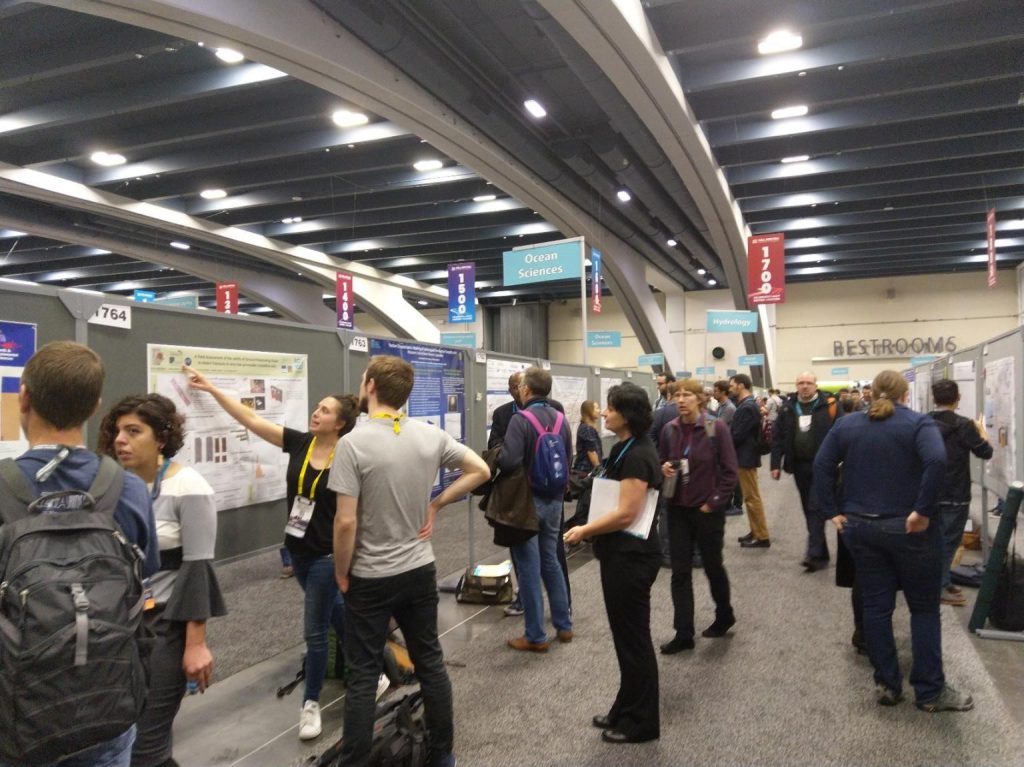in Engineering Geology (Volume 273, August 2020)
by Justine Molron, Niklas Linde, Ludovic Baron, Jan-Olof Selroos, Caroline Darcel, Philippe Davy
https://doi.org/10.1016/j.enggeo.2020.105674
Abstract
Identifying fractures in the subsurface is crucial for many geomechanical and hydrogeological applications. Here, we assess the ability of the Ground Penetrating Radar (GPR) method to image open fractures with sub-mm apertures in the context of future deep disposal of radioactive waste. GPR experiments were conducted in a tunnel located 410 m below sea level within the Äspö Hard Rock Laboratory (Sweden) using 3-D surface-based acquisitions (3.4 m × 19 m) with 160 MHz, 450 MHz and 750 MHz antennas. The nature of 17 identified GPR reflections was analyzed by means of three new boreholes (BH1-BH3; 9–9.5 m deep). Out of 21 injection and outflow tests in packed-off 1-m sections, only five provided responses above the detection threshold with the maximum transmissivity reaching 7.0 × 10−10 m2/s. Most GPR reflections are situated in these permeable regions and their characteristics agree well with core and Optical Televiewer data. A 3-D statistical fracture model deduced from fracture traces on neighboring tunnel walls show that the GPR data mainly identify fractures with dips between 0 and 25°. Since the GPR data are mostly sensitive to open fractures, we deduce that the surface GPR method can identify 80% of open sub-horizontal fractures. We also find that the scaling of GPR fractures in the range of 1–10 m2 agrees well with the statistical model distribution indicating that fracture lengths are preserved by the GPR imaging (no measurement bias). Our results suggests that surface-GPR carries the resolution needed to identify the most permeable sub-horizontal fractures even in very low-permeability formations, thereby, suggesting that surface-GPR could play an important role in geotechnical workflows, for instance, for industrial-scale siting of waste canisters below tunnel floors in nuclear waste repositories.
More on ESR 4 research project

